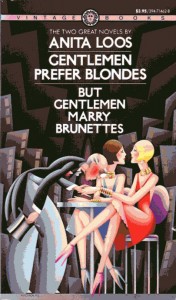
Some people like cats for their frisky playfulness. Others admire their sleek style, or their affectionate natures (where applicable). And of course some people loathe cats. You know who you are. Get out now while the getting’s good. Because today’s topic is the way art imitates cats, and vice versa.
I have worked for a succession of various cats over the years. Some were loveable. Some not so much. But in one area they were all equally endowed. For those of us who are susceptible to it, cats possess a degree of glamour unmatched in the human sphere except in the case of babies and super-models. But while most babies eventually lose their charm, and even super-models fade with time, cats retain their decorative quality for years.
I’m a sucker for the way cats fit themselves into the landscape. To me, a garden without a cat lacks something fundamental. Not everyone looks at the world through this furcentric lens, but some artists seem to share my view.
In the months leading up to our move out here, we visited the Vancouver Art Gallery in British Columbia, and there I saw an oil painting that spoke to me on every level. Painted by William Raphael in 1908, the work , titled “Hollyhocks,” captures the lovely untidiness and happy colors of a flower which has always reminded me of the rural Virginia countryside where I first saw it bloom. But what made the painting irresistible for me was the understated presence of a cat, lurking on a fence above the blooms.

Well, I knew I could never own the painting, but I thought maybe someday I could recreate the image and photograph it. After all, I had a cat. All I had to do was grow some hollyhocks and wait, right?
So it’s been almost five years since I got that bright idea, and I’ve come to accept that it’s much easier for art to imitate life than for life to imitate art. Because, while I have managed to grow some pretty swell hollyhocks in the last couple of years, the cat has been less than cooperative. There’s a fence right behind the flowers, just right for cat sitting. And many’s the time she has sat upon it. Just never when the damned hollyhocks are in bloom.
Today she deigned to offer a compromise and lounged on the bench which sits in front of the hollyhocks. The image I managed to capture in no way matches the arresting beauty of Raphael’s canvas. If you want to see that you’ll have to visit Vancouver. As for me, I’ll be waiting by the bench. Sooner or later the cat will come back.












